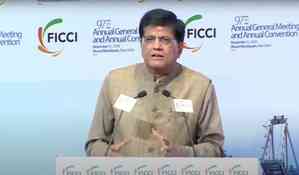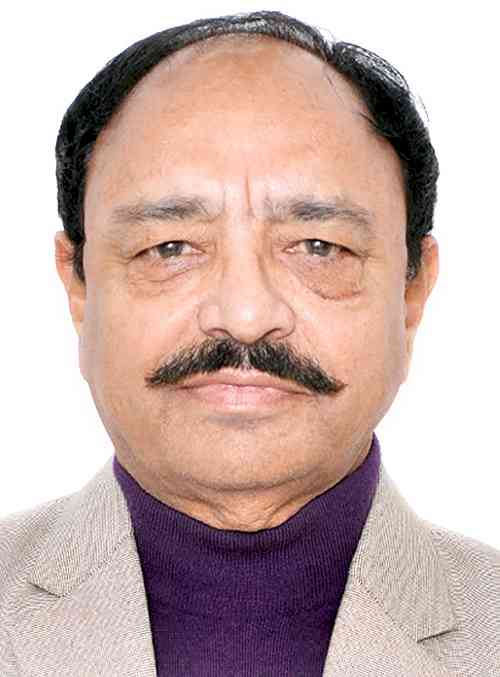Solving parking issues in Himachal with multi-story facilities on seasonal rivulets
As Himachal Pradesh gears up for the upcoming Lok Sabha elections on June 1, along with several crucial Vidhan Sabha by-elections in key areas like Dharamshala, one critical issue remains conspicuously absent from political debates: the chronic parking problems plaguing the state’s major cities. In regions like Dharamshala, Manali, and Shimla, the influx of tourists combined with limited geographical space creates significant parking challenges. An innovative solution proposed to address these concerns involves the construction of multi-story parking facilities on the beds of seasonal rivulets.

As Himachal Pradesh gears up for the upcoming Lok Sabha elections on June 1, along with several crucial Vidhan Sabha by-elections in key areas like Dharamshala, one critical issue remains conspicuously absent from political debates: the chronic parking problems plaguing the state’s major cities. In regions like Dharamshala, Manali, and Shimla, the influx of tourists combined with limited geographical space creates significant parking challenges. An innovative solution proposed to address these concerns involves the construction of multi-story parking facilities on the beds of seasonal rivulets.
Seasonal rivulets in Himachal Pradesh are characteristically active during the monsoon months and lie dormant for the rest of the year. Utilizing these dry riverbeds for constructing parking structures presents an opportunity to address space limitations without disrupting existing urban infrastructure. However, this solution requires comprehensive hydrological studies to ensure that the parking structures do not obstruct natural water flow during the rainy season or cause other environmental issues.
The proposed parking facilities would need to be designed with resilience in mind, capable of withstanding annual water flows. Options might include retractable designs or elevated structures that allow water to pass underneath. Additionally, these structures could utilize permeable materials to support natural water absorption and help maintain ecological balance, mirroring efforts like the expansion of Gaggal Airport in Dharamshala, which incorporates covering of a tributary of the river Beas.
A primary concern with constructing on rivulet beds is the potential impact on the environment, particularly local biodiversity and the natural course of water. Rigorous environmental impact assessments would be mandatory to ensure that flora and fauna are preserved, and sustainable building practices would be essential to minimize ecological disruption. This might include using environmentally friendly materials and integrating green spaces within the parking structures.
The primary benefit of constructing multi-story parking facilities is the efficient use of vertical space, which is especially valuable in hill stations where expansion options are limited by geography. Such facilities could drastically increase available parking, alleviating local road congestion and reducing traffic. Furthermore, strategically placed parking structures would enhance accessibility to major tourist attractions, potentially boosting the local economy.
Developing multi-story parking facilities on the beds of seasonal rivulets presents a novel approach to solving the persistent parking issues in Himachal Pradesh. Although promising, this strategy requires careful evaluation of environmental impacts, feasibility studies, and community engagement. With meticulous planning and adherence to sustainable practices, this innovative solution has the potential to significantly reduce parking woes, improve tourist experiences, and foster economic growth in the region, making it a vital consideration for urban planners and policymakers.
(Author is Sr. Journalist at Dharamsala in Himachal Pradesh)


 Arvind Sharma
Arvind Sharma 











